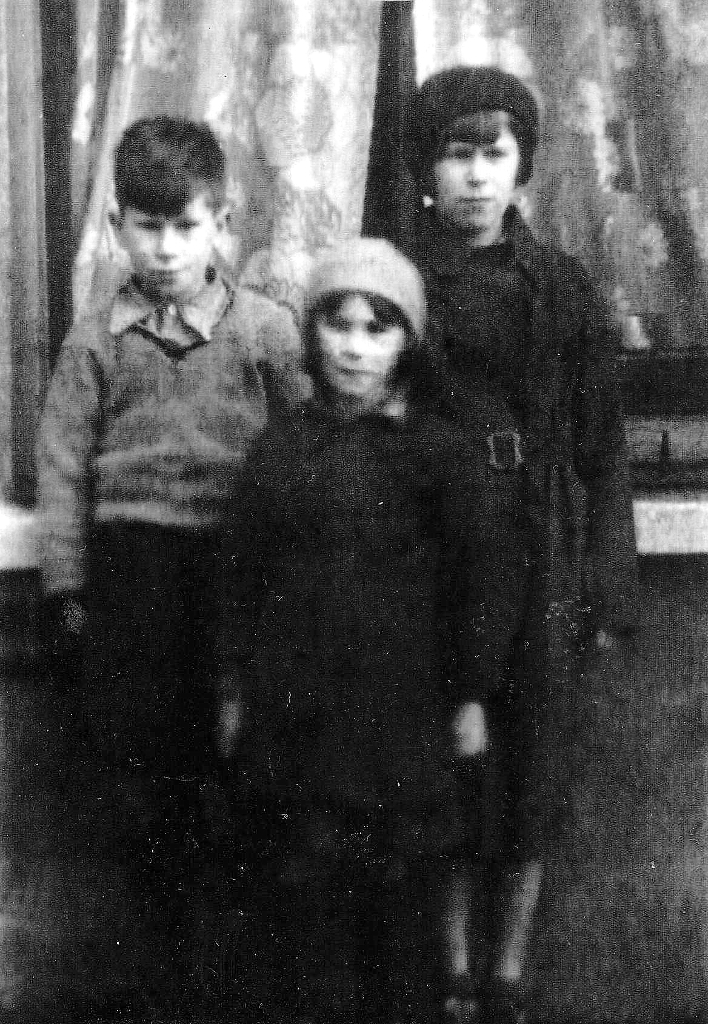The content of this presentation is intended to illustrate the influences of military activities associated with WW2 on the people of Kingston near Lewes, for a proposed V.E. commemoration later this year. This is very much a work in progress. It will be updated as and when I have time to do so…
I am very much aware that the bite sized statements which go with the slides tell only partial truths. This is merely a quick overview. I have included some links for those who may wish to read further. Further links will be added when I have time to do so. Please feel free to give comments below.
1918 – Origins of WW2
The origins of WW2 lie largely with WW1.
1926 – General Strike

Times were hard after WW1 – war costs money. Guy Woodman, Balsdean Farmer, performing what he believed to be his patriotic duty, at the Battle of Lewes Road, in Brighton, 1926.
1932 – Future War – “The bomber will always get through”
This is part of Stanley Baldwin’s speech to parliament:
Up to the time of the last War,
civilians were exempt from the worst perils of war…
but now… they suffer from the fear,
not only of being killed themselves, but,
what is perhaps worse for a man,
the fear of seeing his wife and children killed from the air.

1933 – Hitler gains power

Lewes burnt Hitler’s effigy that bonfire night.
1935 – Lewes started implementing Air Raid Precautions
In 1935 Lewes started implementing air raid precautions, following government instructions.
1936 – Alexander Korda’s film:
The introduction to Alexander Korda’s 1936 epic film – Things to Come – encapsulated the feelings of terror for a future war. It was not a box office success!
1938 – Munich Crisis
Pathe Newsreel footage of the Munich Crisis, 1938.
1830-1942 – Newmarket Farm

Newmarket Farm, was part of the Kingston Estate, far over the downs on Newmarket Hill. A farm labourer’s cottage and barns. In the 1920’s it became part of Balsdean Farm.
1920’s – Balsdean Hamlet

1934-1938 – Phipps family of Newmarket Farm

In 1934 the Phipps family worked for Balsdean farmers Woodman and Dalgety, and lived in Newmarket Farm. When their father lost his job in 1938, they lost their home. It was a tied cottage.
This video was made as part of the Woodingdean Then and Now Project. It has been edited by myself.
1939, September 9th – War
1939 Register – Balsdean & Norton

The 1939 Register was taken at the start of the war for the issuing for ration cards, call up papers, etc. Listed here are the Auerbach family – German Jewish refugees, working for board and lodgings for the Balsdean farmer.
1939 – Auerbachs in Balsdean

The Auerbachs moved to Austria in 1933 when Hitler came to power. Their story is both tragic and heroic. I hope to post what they generously shared with me soon. They moved to Balsdean shortly before the war.
1939 – Peter, Ruth and Michael Auerbach

1939 – War!
1939 – Black Outs
Before the war all local authorities had to test their blackout capabilities. This included Woodingdean. Its effectiveness was tested using spotter planes. The blackout caused many civilian and military deaths on the roads. Preventative methods were proposed.
1939 September-1940 May – Bore War

1939 September-1940 May – French Maginot Line


There are many such extraordinary, futuristic drawings of France’s underground defence complexes which were part of the Maginot Line. These drawings were made for the general public and used for propaganda purposes.
1939 September-1940 May – British Expeditionary Force – Training

Training hadn’t changed much since WW1 – hence the trench digging – with the main exception of air defences.
1940, May 10 – Battle of France
Everything changed in May 1940.
1940, May 26-June 4 – Dunkirk
Newhaven was the main port for hospital casualties from Dunkirk.
May 1939 – Evacuation from Dunkirk


